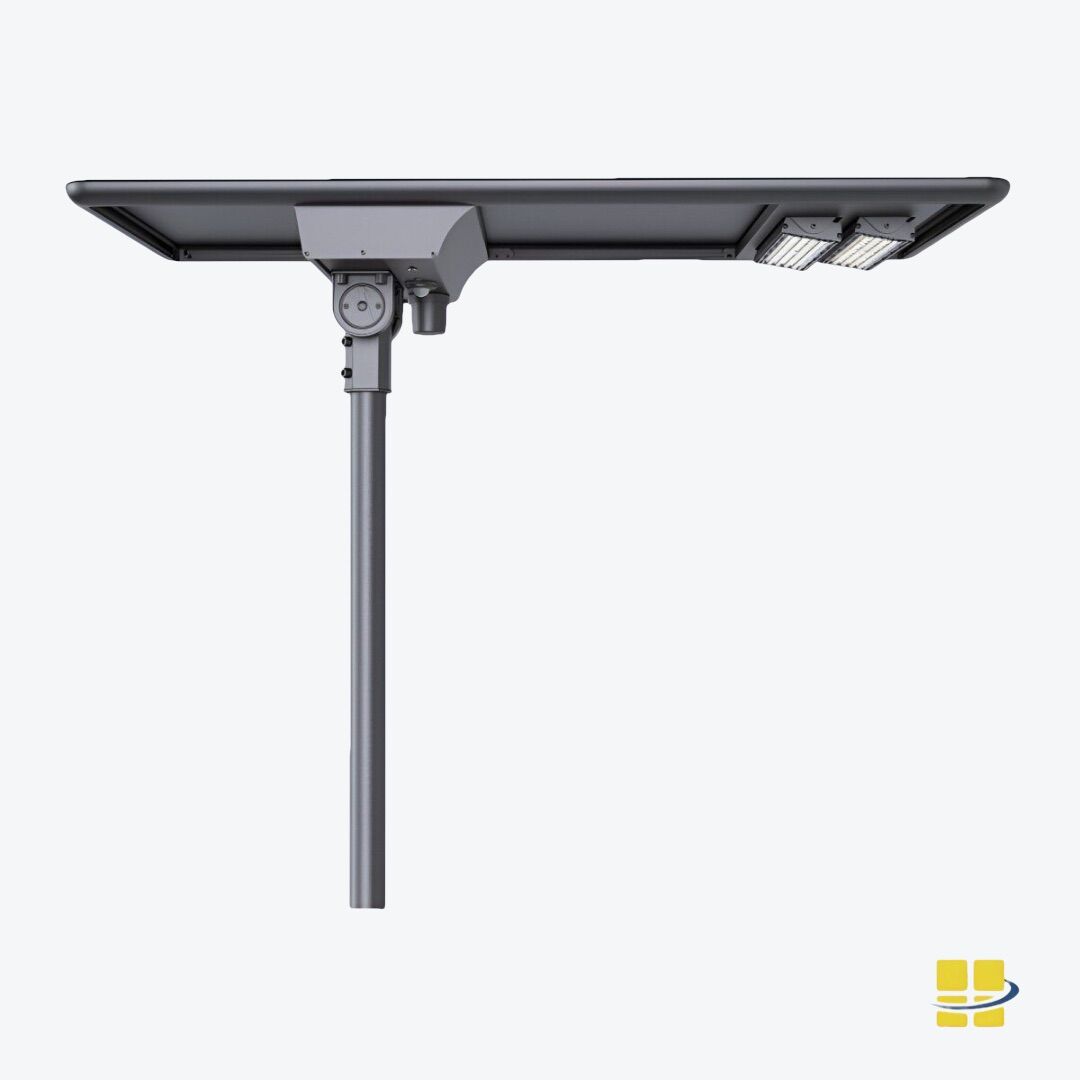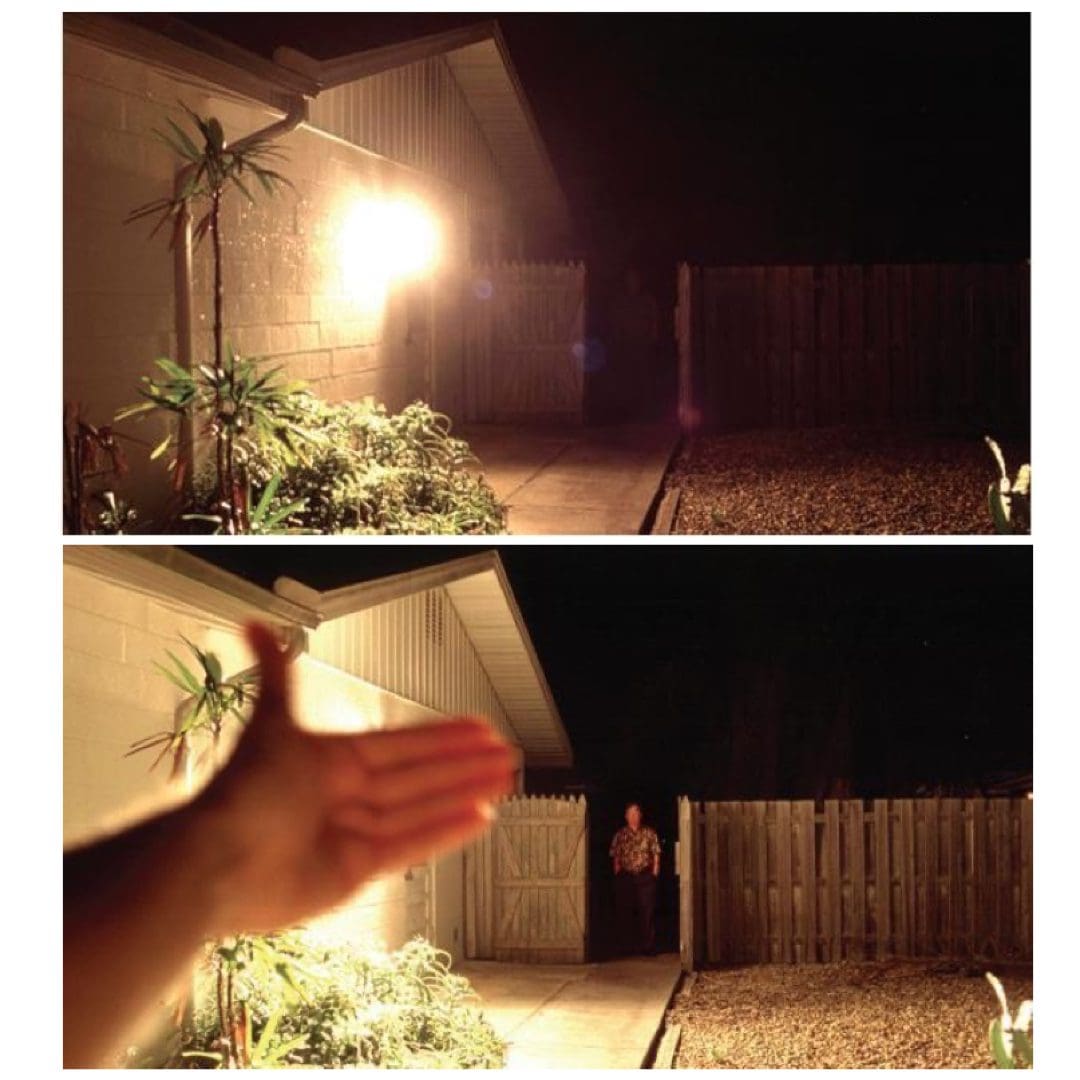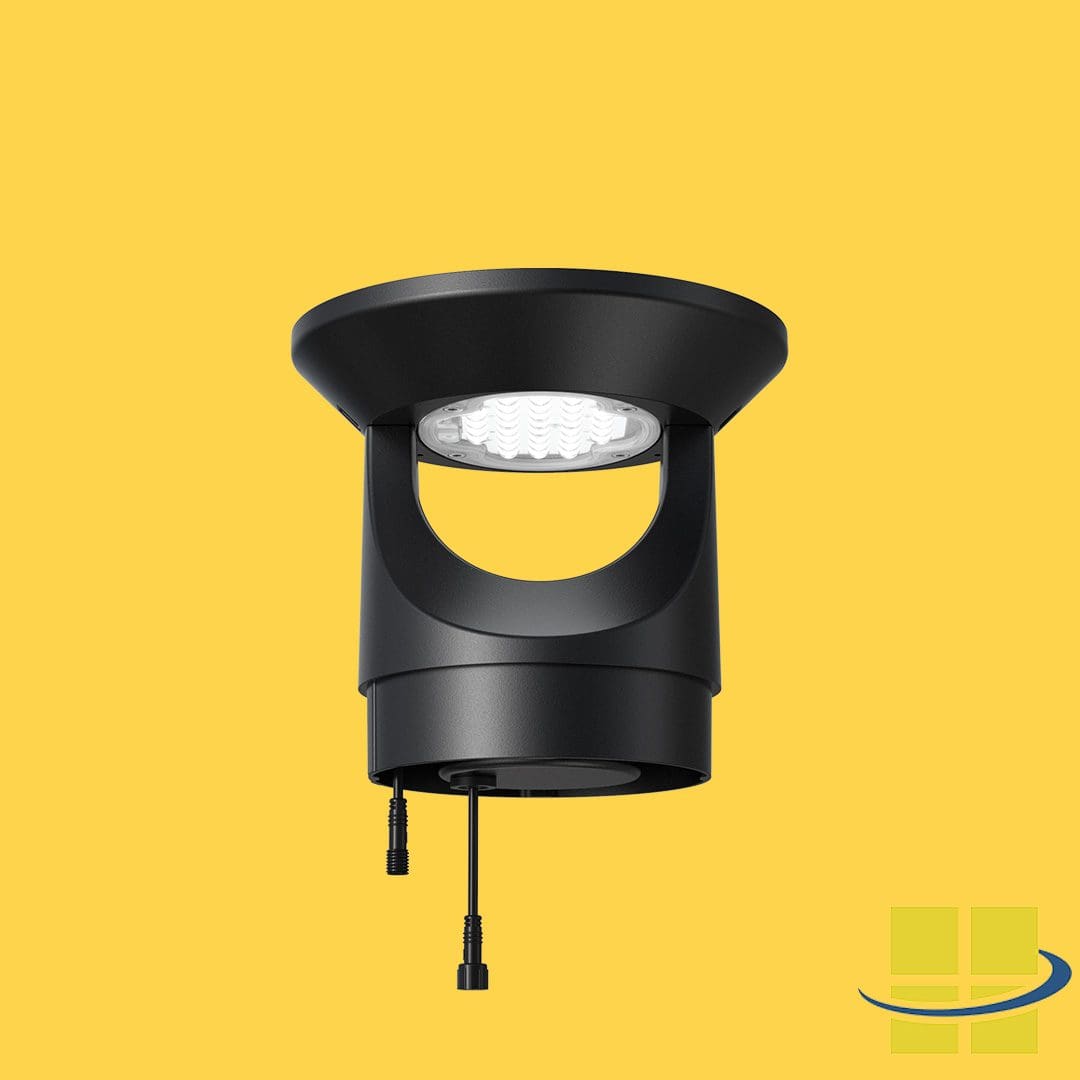Light pollution is a growing concern as development expands, increasing artificial lighting. Many communities have overlooked its consequences, but now, the importance of regulated illumination is clear. Dark sky solar lights for dark sky outdoor lighting offer a solution by mitigating the impact of artificial light on ecosystems, human well-being, and our ability to enjoy the night sky.
These lights, equipped with low Kelvin shielded LEDs, direct light downward, minimizing glare and preventing light from dispersing upwards. By adhering to dark sky lighting standards, they benefit astronomical research, support ecosystems, and enhance human quality of life.
The rise of dark-sky communities and parks worldwide shows a growing interest in promoting sustainable lighting practices. Dark sky solar lights exemplify a forward-thinking approach to outdoor illumination.
Key Takeaways
-
-
Mitigating Light Pollution: Dark sky solar lights reduce light pollution by using low Kelvin-shielded LEDs and directing light downward, benefiting astronomical research, ecosystems, and human well-being.
-
Sustainable Lighting Practices: The adoption of dark sky solar lights promotes sustainable lighting by harnessing solar energy and minimizing reliance on non-renewable power sources.
-
Enhanced Safety and Efficiency: These lights improve visibility and safety while being energy-efficient and cost-effective due to their reliance on solar power.
-
Understanding Dark Sky Lighting
What Is Dark Sky Lighting?
Dark sky lighting encompasses outdoor lighting fixtures and strategies crafted to mitigate light pollution and its repercussions on the environment, wildlife, and human well-being. Engineered to minimize upward light emission, dark sky compliant fixtures are tailored to direct illumination downward. Through meticulous attention to factors such as shielding, color temperature, and brightness levels, dark sky lighting safeguards the integrity of the natural nocturnal environment and sustains the allure of dark skies.
Light Pollution and Its Effects
Light pollution is the excessive and inappropriate use of artificial light, which has harmful consequences on the environment and human health. Effects of light pollution include:
- Disruptions to ecosystems: Artificial light at night can disrupt the natural behaviors and biological cycles of wildlife, affecting their feeding, mating, and migration patterns.
- Human health: Exposure to excessive lighting at night has been linked to sleep disorders, obesity, and even an increased risk of cancer.
- Energy waste: Unnecessary lighting contributes to energy waste and increases greenhouse gas emissions.
- Loss of night sky visibility: Light pollution affects our ability to view the night sky, making it difficult to observe stars, constellations, and other celestial phenomena.
To address these issues, organizations such as the International Dark Sky Association (IDA), now known as DarkSky, are dedicated to advocating for dark sky-friendly lighting and policies. Click here to learn more about dark sky lighting.
Benefits of Lighting with Dark Sky Solar Lights
Environmental and Wildlife Conservation
- Minimized Light Pollution: By directing outdoor light downward and using shielding techniques, dark sky solar lights significantly reduce light pollution, preserving the natural darkness of the night sky. This preservation is essential for nocturnal wildlife, as it minimizes disruptions to their natural behaviors and habitats.
- Preserved Ecosystems: Reducing light pollution through dark sky solar lights helps maintain the integrity of ecosystems by preserving the natural rhythms and cycles of plants, animals, and insects. This preservation is particularly important for species that rely on the cover of darkness for hunting, nesting, and navigation.
- Protection of Natural Resources: By harnessing solar power, dark sky solar lights operate sustainably without relying on non-renewable energy sources. This renewable energy usage reduces carbon emissions, mitigating the impact of artificial outdoor lighting on the environment and helping to protect natural resources for future generations.
Energy Efficiency and Cost Savings
- Solar Power Utilization: Dark sky solar lights harness solar energy during the day through photovoltaic panels, storing excess energy in batteries for use at night. This solar-powered operation reduces reliance on the grid, lowers electricity costs, and minimizes the carbon footprint associated with traditional lighting systems with bulbs.
- Elimination of Electricity Bills: Since dark sky solar lights operate independently of the grid, they eliminate electricity bills associated with traditional lighting systems with bulbs. This cost-saving feature makes dark sky solar lights a financially attractive option for homeowners, businesses, and municipalities looking to reduce operating expenses.
- Long-Term Investment: While the initial investment in dark sky solar lights may be higher than traditional lighting systems, the long-term cost savings in energy bills and maintenance expenses make them a financially prudent investment. Additionally, the durability and longevity of dark sky solar lights ensure minimal maintenance requirements, further enhancing their cost-effectiveness over time.
Improved Safety and Security
- Enhanced Visibility: By providing uniform and directed illumination, dark sky solar lights improve visibility in outdoor areas, reducing the risk of accidents and creating safer environments for pedestrians, cyclists, and drivers. The elimination of glare and light spillage also enhances visibility without causing discomfort or distraction.
- Deterrence of Crime: Well-lit outdoor spaces deter criminal activity by increasing the perception of surveillance and discouraging potential intruders. Dark sky solar lights contribute to this deterrence effect by illuminating areas prone to criminal activity, such as parking lots, pathways, and building perimeters, without creating excessive brightness or glare.
Glare Impacts the ability to see an intruder. Click to enlarge the image. Photo by George Fleenoe and Published by the International Dark Sky Association
- Emergency Preparedness: In the event of power outages or natural disasters, dark sky solar lights continue to operate autonomously, providing reliable illumination when traditional lighting systems with bulbs may be unavailable. This resilience ensures that outdoor spaces remain adequately lit during emergencies, facilitating evacuation procedures and enhancing overall safety and security.
Features of Dark Sky Solar Lights | Access Fixtures
Full Cutoff Design
Full cutoff light fixtures are fundamental to achieving dark sky compliance. These fixtures position the light source, typically LEDs, inside the fixture, preventing light from being emitted upwards or into the sky. By obscuring the LEDs from view and minimizing glare, full cutoff designs ensure minimal light pollution and reduced impact on humans and wildlife. Additionally, placing the lens above the fixture housing helps to diminish glare and eliminate uplight.
LEDs and Color Temperature
Dark-sky compliant lighting prioritizes lower color temperatures, measured in Kelvin (K), to emit warmer light that minimizes disruption to nocturnal environments. Optimal dark sky compliance typically requires LEDs with a Kelvin temperature of 3000 or lower, with even lower Kelvin temperatures preferred in certain jurisdictions. For instance, coastal communities often mandate 590nm Amber LEDs to protect sea turtle hatchlings during nesting season.
Optics
Optics play a critical role in the performance of full-cutoff light fixtures. Dark sky compliance hinges on precise light distribution achieved through high-performance optics. Optics not extending below the fixture housing ensure compliance with dark sky standards, as excessive light spillage is mitigated. By utilizing LEDs and advanced optics, dark sky solar lights can direct light precisely where needed without compromising compliance with dark sky regulations.
Shields
Shields and accessories enhance the performance of dark sky compliant fixtures by providing additional light control. Shields help to direct light output and reduce unwanted spillage to neighboring properties, contributing to a reduction in light pollution. Additionally, shields can obscure the light source or block light in specific directions, aligning with dark sky regulations. Fixed arm mounts, another accessory, ensure fixtures remain horizontal to the ground, minimizing the need for tilt adjustments and ensuring compliance with local lighting ordinances.
Photovoltaic Panels
Photovoltaic (PV) panels, typically mounted atop the light fixture or remotely positioned for optimal sun exposure, capture solar energy and convert it into electrical power to charge the integrated battery.
Battery Storage
Rechargeable batteries, commonly lithium-ion or lead-acid, store the excess solar energy generated during the day for uninterrupted lighting in cloudy or low-light conditions.
Intelligent Controls
User-friendly, plug-and-play advanced controller systems that allow for swift and seamless replacement when needed. Other controls including timers, motion sensors, and dimming capabilities, optimize energy usage and extend battery life by adjusting lighting levels based on ambient conditions and occupancy patterns.
Conclusion
The adoption of dark sky solar lights not only addresses the pressing issue of light pollution but also harnesses the benefits of solar lighting. By integrating solar power, these lights operate sustainably, reducing reliance on non-renewable energy sources and minimizing carbon emissions. The utilization of low Kelvin shielded LEDs, precise optics, and full cutoff designs ensures compliance with dark sky regulations while maximizing energy efficiency and cost savings. Click here to learn more about commercial solar lights.
Frequently Asked Questions
1. What is dark sky lighting?
Dark sky lighting includes outdoor lighting fixtures designed to reduce light pollution by directing light downward and minimizing upward light emission.
2. Why is minimizing light pollution important?
Reducing light pollution protects ecosystems, supports human health, and preserves the visibility of the night sky for astronomical research.
3. What are the benefits of using dark sky solar lights?
Dark sky solar lights minimize light pollution, reduce energy costs, enhance safety, and improve environmental sustainability by relying on solar power.
4. How do dark sky solar lights work?
They are equipped with photovoltaic panels that collect solar energy during the day, store it in batteries, and power LED lights at night while minimizing glare and light spill.
5. What makes a lighting fixture dark sky compliant?
Dark sky compliant fixtures feature full cutoff designs to prevent upward light emission and use low Kelvin LEDs to reduce blue light and glare.
6. How does light pollution impact wildlife?
Artificial light can disrupt the natural behaviors of wildlife, affecting feeding, mating, and migration patterns, as well as disturbing nocturnal rhythms.
7. What are the advantages of full cutoff designs in dark sky lighting?
Full cutoff designs prevent glare and direct light downward, minimizing skyglow and preventing light spill into neighboring areas.
8. How do dark sky solar lights contribute to emergency preparedness?
In power outages or natural disasters, they continue operating autonomously using stored solar energy, providing reliable illumination during emergencies.
9. What is the role of the International Dark Sky Association (IDA)?
The IDA advocates for dark sky-friendly lighting policies and educates the public on the importance of minimizing light pollution. They also certify dark sky compliant lighting fixtures.
10. Can dark sky lighting be used for commercial and residential applications?
Yes, dark sky lighting is suitable for both commercial and residential settings, offering eco-friendly and efficient illumination while meeting regulatory compliance. Learn how an Arizona backyard basketball court was illuminated using dark sky lights.






